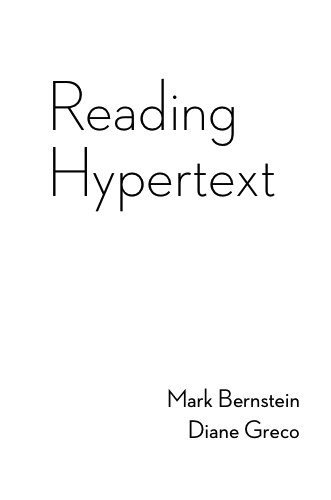Electracy and Criticism
Stacey Mason

Judy Malloy, its name was Penelope, edition for iPad, in press
As Eastgate begins to focus on making its collections available for mobile devices, I find myself musing on the idea of a digital publisher. What is the publisher’s role?
Publishers of the past provided the capital to make literature available to the masses, but today anyone can self-publish. In a market with such low barriers to entry, however, writers have a difficult time finding their audience, and publishers serve as marketers and, through selective branding, as crtics.
So if the publisher’s job is now to point our audience to best eLit, we need categories for judging electronic literature. Mark Bernstein pointed out this problem (as well as the changing role of the publisher) in his 2010 paper “Criticism.” In the paper, Bernstein explores a number of ways we have tried to judge eLit in the past demonstrating the flaws in each approach. What Bernstein doesn’t explain is how we should critique eLit.
One approach may be to go back to Ulmer’s ideas on electracy. In order to understand eLit as a form that incorporates many types of media, we must be literate (electrate) with those types of media, understanding their critical practices and how to interact with these technologies. If a work includes audio or film, surely a working knowledge of music and film theories are essential to a deep analysis of the work. With various works combining different media in different ways, a one-size-fits-all approach can’t work; you can’t analyze afternoon in the same way you analyze Alan Bigelow’s Web yarns. But understanding the individual components of a work, and how they fit together to create the theme, mood, tone, etc. of a piece is a step in the right direction.
(Writing for myself only)
